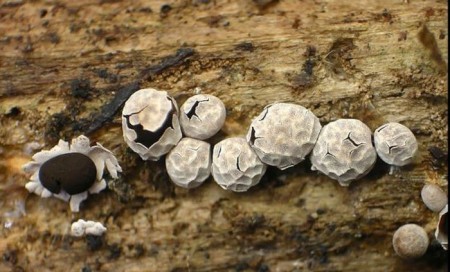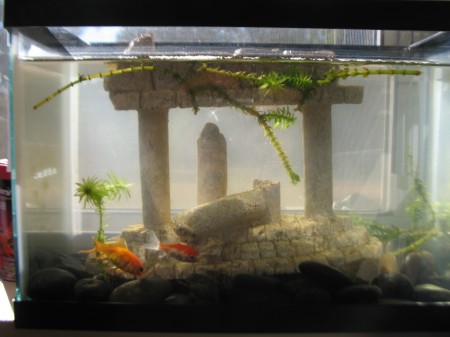[googleMap name=”Lake Titicaca” description=”Example of a lake.” width=”490″ height=”400″ mapzoom=”7″ mousewheel=”false”]Lake Titicaca, Peru[/googleMap]
Cuing off of a comment by EV from Somewhat Up in the Air, I finally found what I think is a decent alternative to the Island of Podiatry map exercise. Instead of them altering a map of their feet into a series of topographic features, I’m having them do a treasure hunt using Google Maps. The assignment is pretty straightforward, and students can choose either option:
Use Google maps to capture images (Apple-Shift-4) of the features on the topographic features list. Put all the images into a PowerPoint or similar presentation. You may choose features from anywhere in the world so make it interesting.
The features list consists of: 1. Plain; 2. Valley; 3. Plateau; 4. Archipelago; 5. Ocean; 6. Isolated Mountain; 7. Mountain Range; 8. Lake; 9. Delta; 10. Strait; 11. Gulf; 12. Isthmus; 13. River; 14. Peninsula; 15. Bay; 16. Island; 17. Cape; 18. Hills.
In addition, I’d like to set up one of those games where they get extra points if the location they choose for a particular feature is not the same as someone else’s.
Another addendum to this, which would make a great extension to the project, is to allow students to enter the geographic coordinates of their features on a webpage that then plots all the similar features on a Google Map. It shouldn’t be too hard to do but would take some time as I’d have to set up and program its own website for the project along the lines of the Mariner AO site described here.



